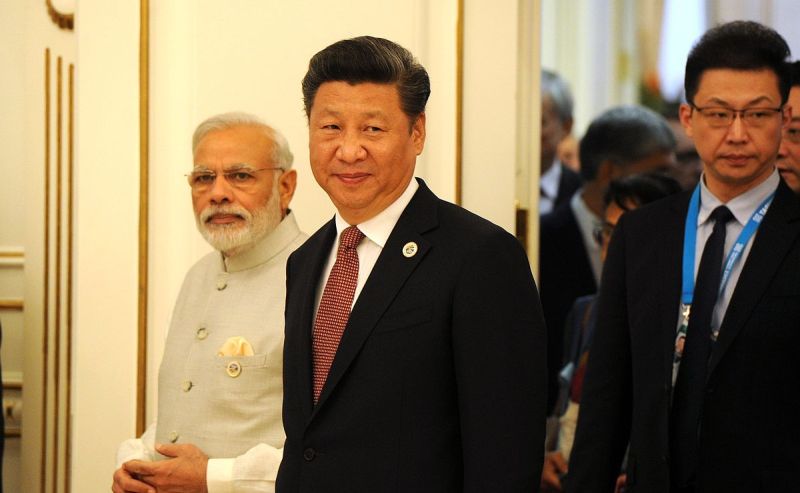Beijing on Wednesday dismissed as “irresponsible” an annual US Defense Department report that predicted China would expand its global military presence, building overseas bases in countries like Pakistan.
Published Tuesday, the Pentagon report estimated that China spent US$180 billion last year on its military — the world’s largest — a figure well over the country’s official US$140 billion defence budget.

“China most likely will seek to establish additional military bases in countries with which it has a longstanding friendly relationship and similar strategic interests, such as Pakistan, and in which there is a precedent for hosting foreign militaries,” the report said.
China’s defence ministry refuted this assessment on Wednesday. “China is not doing any military expansion and does not seek a sphere of influence,” it said in a statement.
Foreign ministry spokeswoman Hua Chunying likewise said during a regular briefing that China “is firmly opposed” to aspects of the publication.
“We have noted the report released by the US which made irresponsible remarks about China’s national defence development in disregard of the facts,” Hua said, declining to comment on “speculation” and noting that the “friendly cooperation (between China and Pakistan) does not target any third party”.
As part of China’s expansive Belt and Road regional infrastructure project, China and Pakistan are building an economic corridor aimed at linking northwest China to the Arabian Sea.
India has voiced displeasure at the planned route, which cuts through Gilgit and Baltistan in Pakistan-administered Kashmir — disputed territory which India claims is illegally occupied.

China started building its first overseas military base in February 2016 in the small nation of Djibouti, where it will be stationed just a few miles from a US camp.
The outpost will support the country’s UN peacekeepers in Africa, allow it to evacuate its nationals in a crisis and support anti-piracy activities off Somalia, according to China.
The Pentagon report noted that the strategically-sited camp, “along with regular naval vessel visits to foreign ports, both reflects and amplifies China’s growing influence, extending the reach of its armed forces”.
James Char, a China analyst at Singapore’s Nanyang Technological University, told AFP that “it would not be surprising if the People’s Liberation Army is working with its overseas counterparts on reaching formal agreements on basing arrangements”.
Such bases would probably be intended to send forces quickly to help Chinese nationals during humanitarian crises rather than wage war, Char said.
South China Sea
The Pentagon report said Beijing’s actions in the South China Sea have caused regional concern over its long-term intentions.
China has built reefs into artificial islands capable of supporting military facilities, some with airstrips.
“As of late 2016, China was constructing 24 fighter-sized hangars, fixed-weapons positions, barracks, administration buildings and communication facilities” at three outposts in the Spratly Islands, the report said.

China claims nearly all of the South China Sea, despite partial counter-claims from Taiwan, the Philippines, Brunei, Malaysia and Vietnam.
Beijing and the Association of Southeast Asian Nations took a step in May towards easing friction, agreeing to a framework for a “code of conduct” to prevent incidents in the disputed waters.
China has balked at US involvement in the dispute.

“The US’s intensification of deployment in the region — frequently sending navy vessels on reconnaissance operations — has created the tense situation,” China’s defence ministry said.
Though China is engaged in a decades-long build-up and modernisation of its once-backward armed forces, its military clout remains far behind that of the United States, whose annual defence budget totals around US$600 billion.
